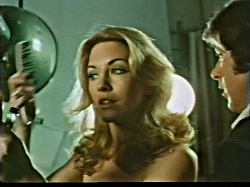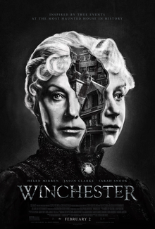
 Reclusive widow Sarah Winchester (Helen Mirren, The Fate of the Furious) owns 51% of the gun company that bears her name, but the board of directors fears she’s lost her marbles since losing her husband and only child to the Grim Reaper. After all, what possible good reason could a person have to purchase an eight-room home, only to add 92 rooms onto it?
Reclusive widow Sarah Winchester (Helen Mirren, The Fate of the Furious) owns 51% of the gun company that bears her name, but the board of directors fears she’s lost her marbles since losing her husband and only child to the Grim Reaper. After all, what possible good reason could a person have to purchase an eight-room home, only to add 92 rooms onto it?
That’s what Dr. Price (Jason Clarke, Dawn of the Planet of the Apes) is going to find out! Hired by the board, the whore-lovin’, opium-droppin’ doc is dispatched to the Winchester house in San Jose, California, to assess the missus’ state of mind. What he finds is that the abode is twistier than she is, what with its maze-like stairwells, false doors, secret rooms, hidey-holes and gh-gh-gh-ghosts! Yep — with a straight face, she tells Price that her increasingly spacious house plays host to many specters: one for each life snuffed by the brand of rifle that brings her riches, which is why the residence is in perpetual renovation. (Lucky for her bank account, the story takes place in 1906.)
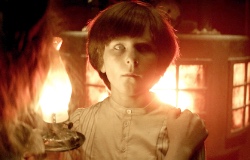 Topical only on the surface, Winchester finds inspiration from true events — namely, the widow’s Winchester Mystery House, long a tourist attraction — yet could stand to find more, whether in fact or in fiction. After setting up the home’s funhouse uniqueness, sibling directors Michael and Peter Spierig (Jigsaw) do not do enough with it, jettisoning it quickly for a rote possession storyline and haunted-house jump scares that could take place in any Insidious sequel.
Topical only on the surface, Winchester finds inspiration from true events — namely, the widow’s Winchester Mystery House, long a tourist attraction — yet could stand to find more, whether in fact or in fiction. After setting up the home’s funhouse uniqueness, sibling directors Michael and Peter Spierig (Jigsaw) do not do enough with it, jettisoning it quickly for a rote possession storyline and haunted-house jump scares that could take place in any Insidious sequel.
Still, being talented pros, neither Mirren nor Clarke — nor third lead Sarah Snook (the Spierig brothers’ Predestination) as Sarah’s niece — half-ass the half-baked material, which is admirable on their part. Winchester is well-made mediocrity. —Rod Lott

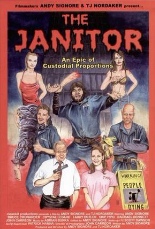
 Perhaps the time was right for a horror comedy about a crazed practitioner of the custodial arts. So God gives you
Perhaps the time was right for a horror comedy about a crazed practitioner of the custodial arts. So God gives you 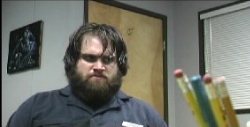
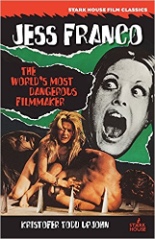



 As
As 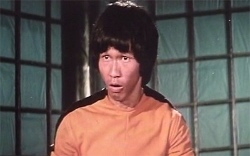
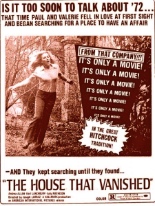
 As many glamorous models do, Valerie (Andrea Allen,
As many glamorous models do, Valerie (Andrea Allen, 